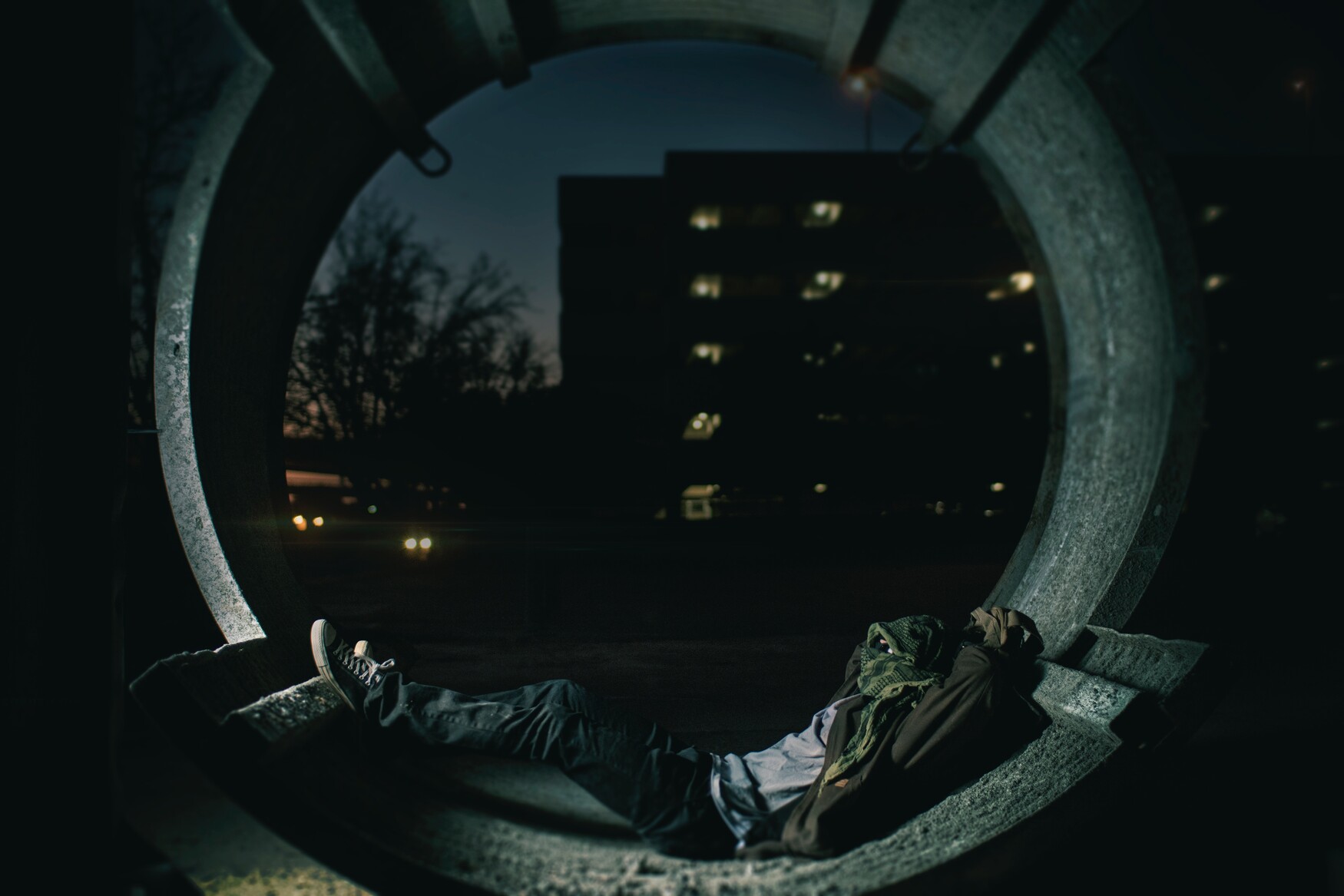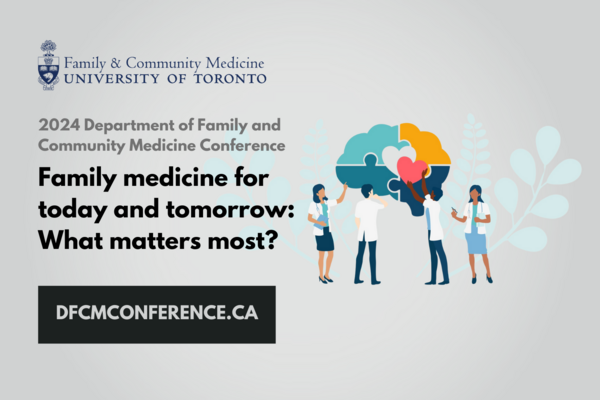Offering Palliative Care to the Most Vulnerable

Palliative care should be available to all, including people who are homeless, argue researchers at the University of Toronto Department of Family and Community Medicine (DFCM), and family physicians at William Osler Health System, Sunnybrook Health Science Centre and Inner City Health Associates.
In a recent policy paper titled “Palliative Care as a Public Health Issue: Understanding Disparities in Access to Palliative Care for the Homeless Population Living in Toronto, Based on a Policy Analysis”, Drs. Naheed Dosani, Blair Henry and Lise Huynh, among others, have analyzed the fundamental inequities this population experiences when facing imminent death. It proposes a set of recommendations to encourage policymakers to think carefully about access to palliative care for people who are homeless.
“People who are homeless do not expect this type of care or any kind of attention at all,” says Dr. Dosani. “Many don’t think that they deserve it. Even after you have shown some interaction—getting them a coffee or enjoying a game of chess—some don’t feel they deserve that affection or attention. I think that this sentiment stems from an accumulation of the marginalization they have experienced.”
Dr. Dosani provides palliative care within the program called Palliative Education and Care for the Homeless (PEACH) which is part of Inner City Health Associates funded by the Ontario Ministry of Health and Long-Term Care. He drives to various shelters to treat people who are nearing the end of their lives. Modern palliative care, he says, assumes that the individual in need has a formal support network like friends, family and a residence, all of which, people who are homeless do not have. The healthcare system is designed in such a way that people who are homeless are on an unequal footing to others and therefore, receive far less care even as they approach the end of their lives.
“A peaceful death, one which we all deserve regardless of socio-economic and health status, is rarely attained for those who are homeless,” says Dr. Huynh, one of the study researchers and DFCM faculty member. “At the end of their lives, people who are homeless usually request aggressive, often futile treatments as they don’t trust that our healthcare system will care for them appropriately.”
Inequalities breeds distrust: The study mentions previous publications which discovered that many people who are homeless had developed an inherent distrust of authority-based institutions including health care practitioners.
“What kind of world do we want to live in? The best way to judge a society is how it treats it's most vulnerable,” says Dr. Dosani. "If the moral and ethical imperatives don't work to sway public opinion, there are definitely economic arguments too since those who are homeless and vulnerably housed are noted to be high users of Emergency Departments and hospitals. The costs can add up on an already burdened healthcare system."
Men who are homeless have a life expectancy of only 42-52 years and their mortality rate is 3 to 4 times than the national average. People who are homeless account for approximately 0.2 per cent of the population of Toronto. Reports have stated that between 50 to 57 per cent of that population has a serious and diagnosable mental illness with 80 percent of whom go untreated.
In his practice, Dr. Dosani says that people who are homeless are very amenable to care but a lot of them have trust issue: Some wonder if physicians are going to be there when they “screw up” or will they be there on their last days. Rather than focus on patient-centered care, Dr. Dosani and his team focus on what he calls “relationship-centered care.” Developing a relationship will ensure some continuity of care, he says. Moreover, as many do not have any residence, the study’s findings suggest bringing palliative care to the “streets”.
“Every person in this city deserve high-quality palliative care—90 percent want to die at home and people who are homeless want the same thing. The streets are their home. Through PEACH, we are trying to meet them where they are at. Meeting them in shelters or finding them through inner-city health officials.”
Researchers suggest that interventions that may work for this population could be applied to other people of all kinds as palliative care services in Canada are severally underdeveloped. As it stands, in Canada, only 16 to 30 percent of the general population receive palliative care.
“In our paper, we’ve chosen to focus on the homeless population who are among some of the most vulnerable in our society. In reality, however, there are so many others affected by various social determinants of health who lack access to quality palliative care,” says Dr. Henry. “We need to be looking at how to change palliative care.”
Dr. Henry maintains that Canadians have come to see access to palliative care as one of privilege rather than a service available to all, and this inequity is most notable in the more vulnerable sectors of some communities.
“WHO called for all countries to consider palliative care as a public health problem more than a decade ago and we are lagging behind on this call to action,” says Dr. Henry. “We need to get away from the equation that health means health care only—that there is more to health care than hospitals and medical systems.”
The researchers believe that through a forum such as public health, organized efforts can be directed towards the larger goal of keeping all members of society healthy, prevent illness and injury, and to diverge from premature death.
“The reality is, we should be doing more for people who are homeless. How about ending poverty? How about adjusting housing security? How about food policy? How about treatments towards determinant of health. Income is everything and it shapes determinants of health. Most of the great work coming from DFCM addressing these determinants of health all bodes well for the cases we receive. We might be able to upstream our advocacy work for intervention for better health, so fewer people are in the positions that they are in.”
Related Items
News



